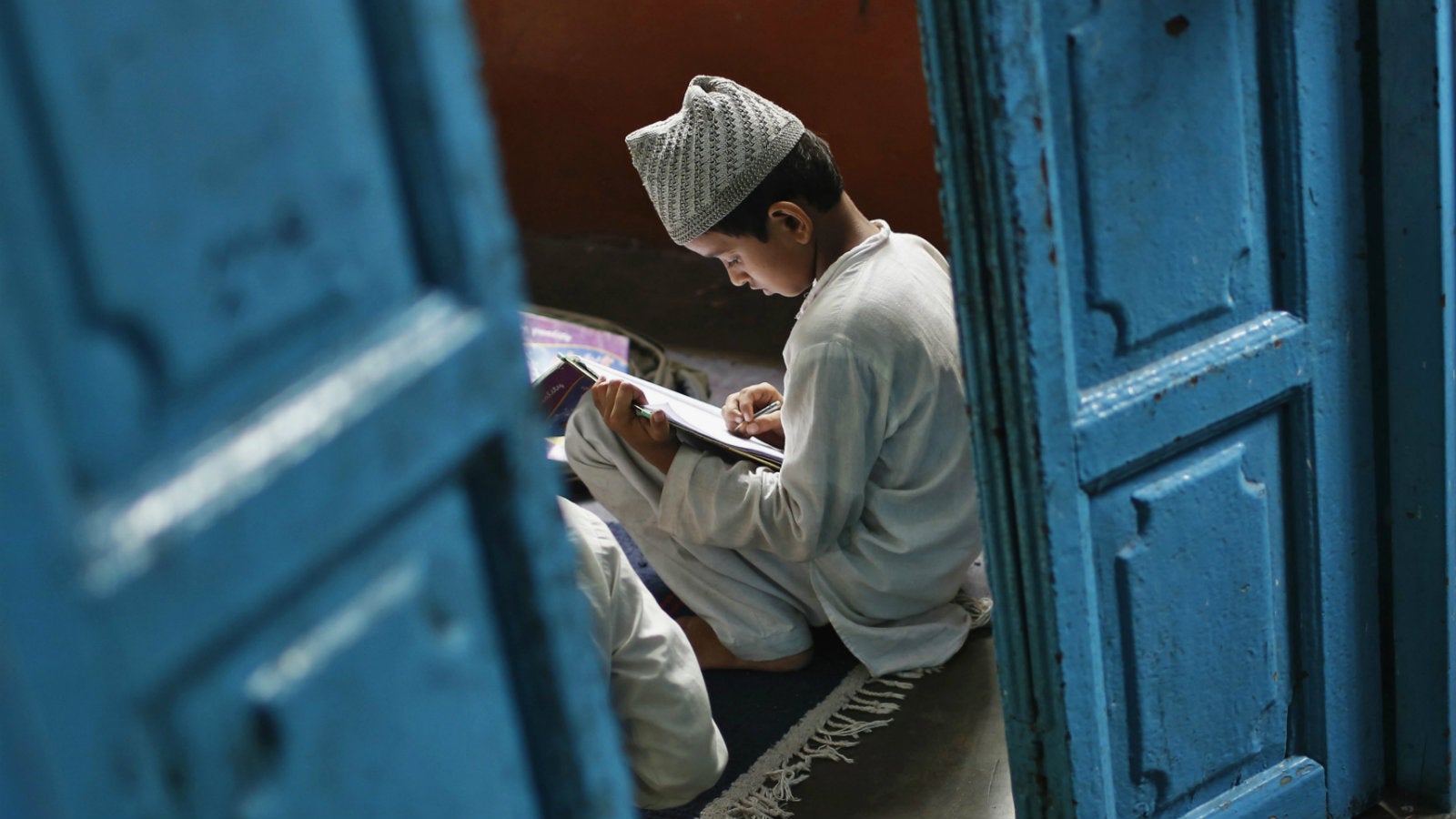India’s growth story is leaving out its Muslim minority
India may have lifted at least 170 million people out of poverty since 1990, but new research suggests overall upward mobility has barely changed since the 1950s.


India may have lifted at least 170 million people out of poverty since 1990, but new research suggests overall upward mobility has barely changed since the 1950s.
Instead, Indian men born to fathers in the bottom of the socioeconomic distribution are just as likely to stay in the bottom today as they were in the 1950s, according to a working paper (pdf) by Sam Asher, Paul Novosad, and Charlie Rafkin from the World Bank, Dartmouth College, and MIT, respectively. This, despite the fact that India’s economy surged in size over the study period, which was based on data from 2012.
The researchers say this is the result of a counterbalance between a substantial rise in upward mobility for the historically-marginalised scheduled castes (SCs) and scheduled tribes (STs), who have access to reserved seats in educational institutions and jobs, and a substantial decline for Muslims. The latter have become the least upwardly mobile group in India.
Using education as a proxy, the researchers studied inter-generational mobility among 31 million men and their fathers born between the 1950s and the 1980s. They based the study on data from the India Human Development Survey and the 2012 Socioeconomic and Caste Census, but data limitations meant they couldn’t analyse upward mobility for women.
In studying the educational attainment of sons compared to their fathers, they found that upward mobility remains high among forward castes, a category in the study that includes Christians, Sikhs, Jains, and Buddhists, as well as higher-caste Hindus. But it was a different story among Muslims, a religious minority that accounts for 14% of India’s 1.3 billion population.
“The expected educational rank of a Muslim child born in the bottom half of the parent distribution has fallen from between 31 and 34 to a dismal 29. Muslims have considerably worse upward mobility today than both Scheduled Castes (37.4–37.8) and Scheduled Tribes (32.5–32.7),” the researchers write. “Higher caste groups have experienced constant and high upward mobility over time, a result that contradicts a popular notion that it is increasingly difficult for upper-caste Hindus to get ahead.”
India’s Muslim community has for long faced discrimination and relatively lower living standards. Previous research has shown that the Muslim community has the lowest rate of enrollment in higher education in India, accounting for just 4.4% of students. It also faces high levels of poverty, with 25% of India’s 370,000 beggars being Muslim.
“While Muslim disadvantage has been widely noted, including by the well-publicised federal Sachar Report (2006), there are few policies in place to protect them and there has not been an effective political mobilization in their interest. Muslims have also been frequent targets of discrimination and even violence,” the researchers write.
In contrast, constitutionally protected marginalised groups, i.e. the SC and ST communities, have closed 50% and 30% (SC, ST respectively) of the mobility gap to the forward caste/others category, the paper says. They continue to face brutal discrimination, and reservation policies are unpopular among upper-caste groups, having sparked protests in many states over the years. But the paper suggests that efforts to empower these communities are slowly starting to make a much-needed difference.
Correction: This post has been updated. The earlier version said that data limitations meant the researchers could not analyse upward mobility for sons who don’t live with their parents.